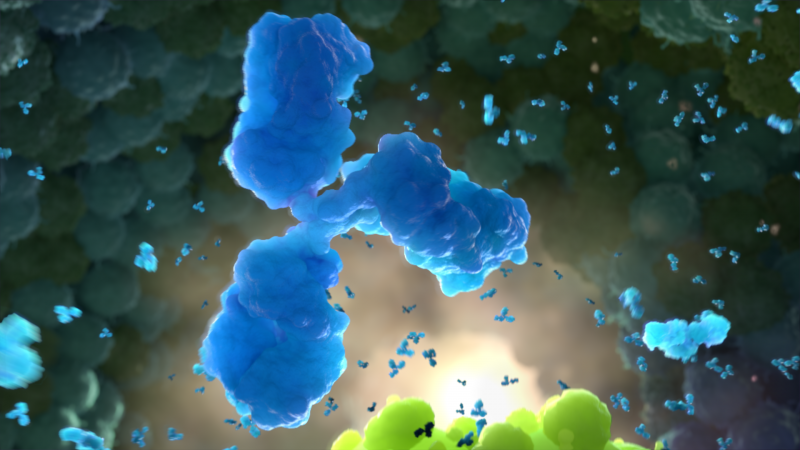Science & Society #4 – Using science to promote personal biases

Most high school biology students learn about Gregor Mendel’s pea plant experiments, which paved the way for understanding human genetics. But, many students do not learn about an unfortunate interpretation of his findings. A few years after Mendel’s experiments were published, Francis Galton, a British scientist, used the studies with pea plants and Darwin’s theory of natural selection to explain how we could make better people. Galton posited that selective mating of people could improve the human race. This concept was called eugenics. While Galton’s ideas related to improving the human race genetically, the feelings of superiority of white people were not new. Galton, however, promoted the notion of genetic superiority in a publication titled, Hereditary Genius, suggesting that Britain provide certificates of fitness and financially reward “fit” individuals for producing offspring. On the flip side, he suggested that those deemed “unfit” be discouraged from reproducing.
In the early 1900s, Galton’s ideas crossed the ocean and took hold in the United States. Led by Charles Davenport, the Eugenics Records Office was created in 1910 to evaluate U.S. citizens. Those deemed unworthy of reproduction would be sterilized and prevented from marrying. The first ten traits they focused on eliminating through these methods included being feebleminded, poor, alcoholic, criminal, epileptic, insane, “constitutionally weak,” infected with venereal diseases, deformed, and deaf, blind, or mute. If you look at this list, you will quickly realize that some of these are not inherited traits. But this did not stop the spread of these ideas.
Efforts to “improve” the human race expanded globally and continued in the U.S. through the 1930s. Laws prohibiting marriages of particular groups were enacted. IQ tests, new at the time, were employed to determine whose IQ was too low to allow reproduction. More than 65,000 Americans were sterilized.
Although eugenics started with a focus on individuals and families, over time, it became even worse. As the focus shifted to whole groups of people, immigrant groups were targeted and ultimately, a belief in the superiority of the “white race” took hold. This notion was solidified in a book by Madison Grant, called The Passing of the Great Race. One fan of this book and its ideas went on to become one of history’s most egregious characters — Adolf Hitler.
During Hitler’s reign of terror, a doctor named Josef Mengele, working at the Auschwitz-Birkenau concentration camp, performed gruesome experiments on identical twin children in his attempts to make a single great (white) race,. His experiments, which often involved torturing and killing these children, contributed nothing to our understanding of race or culture. For his efforts, Mengele was later called the “Angel of Death.” Of more than 3,000 children in his care, fewer than 200 survived.
The idea of a superior race was given credence using scientific concepts such as genetics and evolution. It is an example of individuals offering “proof” for personal biases by generalizing scientific findings and misrepresenting or misinterpreting them.1, 2, 3
For Discussion
Do you think that scientific findings could be misused to convince populations to support personal biases or beliefs today? If so, how do you think we can prevent this from happening? Can you think of any examples of how science was used to support personal biases or beliefs, or, conversely, where science was used to stop such ideas from spreading to the population at large?
Additional resources:
1 To find out more about this topic, check out Chapter 4, America’s Master Race, of Pandora’s Lab: Seven Stories of Science Gone Wrong, by Paul A. Offit, MD.
2 To find out more about the history of eugenics, visit https://www.britannica.com/science/eugenics-genetics.
3For a lesson plan related to the history of genetics and eugenics offered by the Personal Genetics Education Project, visit http://pged.org/lesson-plans/#eugenics.
About the series:
The Science & Society discussion series is based on the book, Pandora’s Lab: Seven Stories of Science Gone Wrong, by Dr. Paul Offit, Director of the Vaccine Education Center at Children’s Hospital of Philadelphia. We understand that teachers are using this book in high school classrooms, so in an effort to continue providing classroom resources, we developed this series to provide short reading passages that will leave students with questions to further explore in classroom discussions or specific projects. By presenting scientific ideas representing two sides of an issue, students will have the opportunity to consider how science fits into society from political, ethical, and legal points of view.

